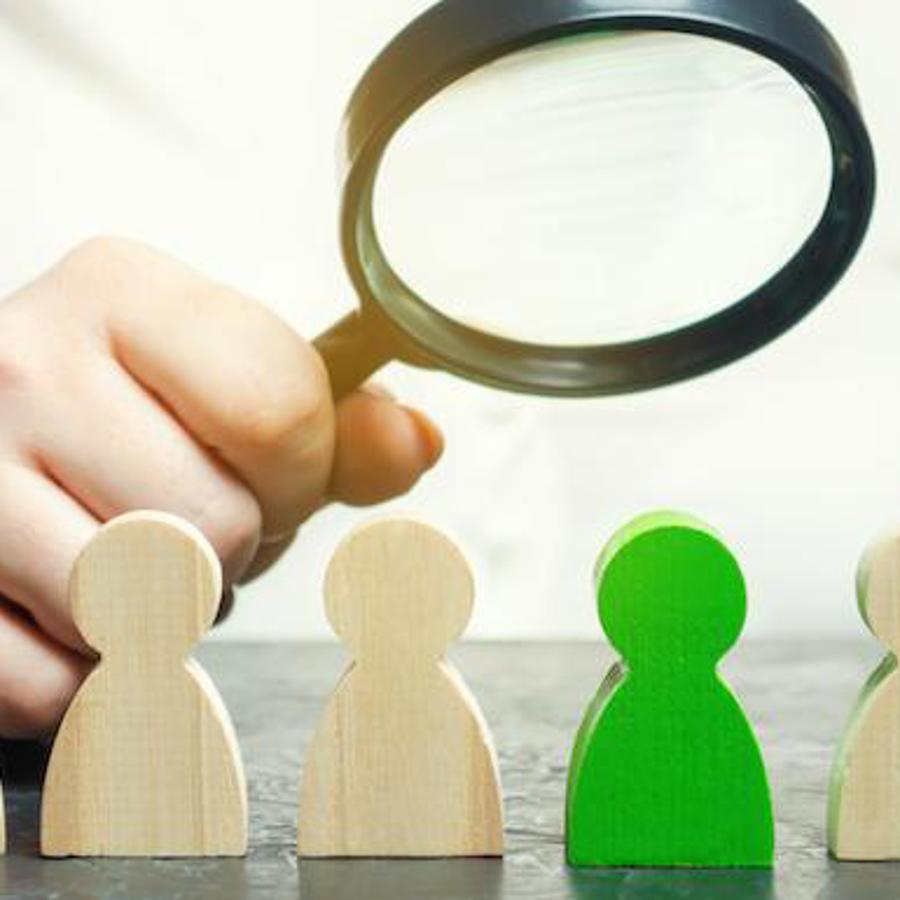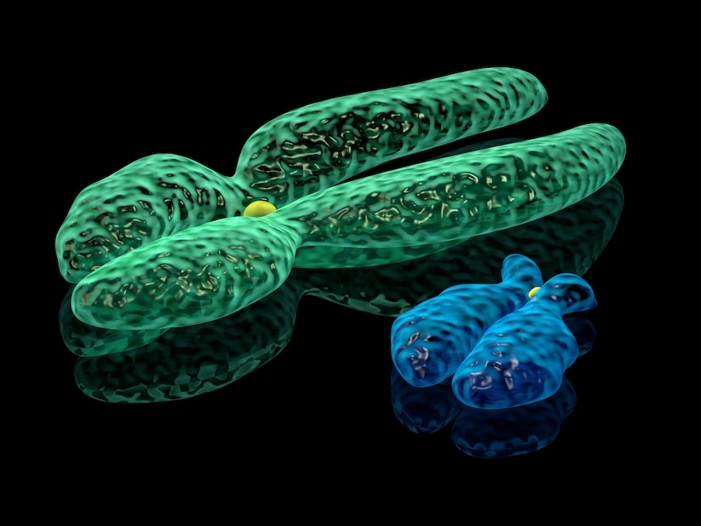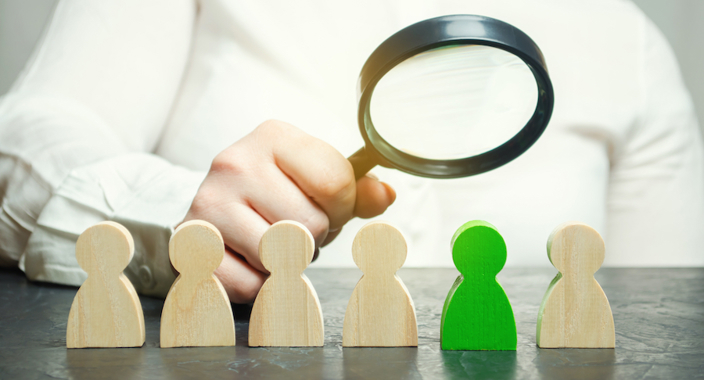
Can someone find their sperm donor father using genetics?
January 19, 2006

- Related Topics:
- Consumer genetic testing,
- Genetic genealogy,
- Y chromosome,
- Relatedness
A curious adult from California asks:
"Can someone find their sperm donor father using genetics?"
Editor’s Note (8/14/2021): Since this article was first published, the options for consumer genetic testing have expanded quite a bit. It’s now possible to get much more than just the Y chromosome sequenced, which makes it even easier to find biological relatives.
Surprisingly, yes they can. In fact, a 15-year-old boy managed to do it just last year. He needed a bit more than genetics, but not a whole lot more.
How did he do it? First he compared his DNA to a known DNA database. Doing this he was able to find his biological father's family. Then, by knowing where and when the sperm donor was born, he was able to figure out who his dad was.
The key to all of this was the fact that he was a boy looking for his dad. This allowed him to take advantage of the chromosome that makes someone into a male — the Y chromosome.
The Y chromosome and heredity
The Y chromosome is unique because unlike all of our other chromosomes, it is unpaired. Why does this matter? Because it means that the Y doesn't change much as it passes from dads to sons. The same cannot be said for our other chromosomes.
The other chromosomes, including the X in women, exchange DNA with their partner before entering the sperm or egg. This process is called recombination.
Recombination is an important part of making each generation different from the last. But as you'll see, it can really get in the way of trying to find your relations.
Because the Y chromosome is all alone, most of it can only recombine with itself (the ends do trade DNA with the X chromosome). This means that most of the Y chromosome passes almost unchanged from generation to generation.

So a dad and his brothers all share the same Y chromosome. All the male cousins, half-brothers, nephews, great, great grand uncles, etc. are linked by this common DNA.
If a male can find any one of these guys, then he may be able to find his dad as well. In other words, he can cast a very wide net. He doesn't have to count on finding his dad's DNA — just a male relative from his father's side of the family.
A girl doesn't have this option. The other chromosomes will get all jumbled up as they pass from parents to children meaning that the girl has to find a very close relative to find her dad.
OK, so now the boy had his Y chromosome information, but where to find his family's DNA? He still needed to compare his DNA to a male relative's to find his dad.
Family tree testing services
The test he had done is usually used to trace family trees. Part of the testing service is that you can have your DNA results and contact details made available to other clients. So he submitted his DNA and waited to hear back.
After nine months, two men with a very similar Y chromosome contacted him. These two men did not know each other but had the same last name (although with different spellings).
Just because he found these guys didn't mean he found his dad. These men may have been distant relatives and so might not even know his dad. For example, they might share a great, great, great, great grandfather and not even know of each other's existence. This is why these family tree sites exist in the first place!
So to find his dad, he would need some other information. The place where his mom had obtained the sperm donation had told her when and where his father was born and where he got his college degree. Using the internet, he was able to buy the names of everyone born in the same place on the same day. Only one last name matched.
And so he found his sperm donor dad. With only his DNA, and the date and place of birth of his sperm donor. All of this is very exciting for the kids but scary for the sperm donors.

Of course it'll only get easier to do from here on out as well. The family tree websites keep growing and making more Y chromosome test results available for public viewing. For example, FamilyTreeDNA.com has 2697 surname projects going with over 52,000 Y chromosome test results (as of Jan. 2006).
Other organizations are even more ambitious. The Sorenson Molecular Genealogy Foundation hopes to have the test results of 500,000 individuals in a database soon.
Anyone considering donating sperm should think hard about all of this. Anonymity can't necessarily be assured anymore. In the very near future, kids conceived of sperm donors may have a pretty good shot of finding their dads.
Could you find your biological mother?
And mothers aren't necessarily safe either. Even though women do not have a Y chromosome, they do have DNA that stays relatively the same as it passes down to their kids. This DNA is called mitochondrial DNA.
Using a similar technique, another kid may be able to find their biological mother (in an adoption case, for example). Of course it'll be trickier in cultures where only the paternal surname is passed down. But in other cultures where the maternal name is also passed down, the same thing can be done.
And even without a surname, some resourceful person will figure it out. It'll be only a matter of time before a story is written about the child who found their mother using only their DNA.

Author: Dr. D. Barry Starr
Barry served as The Tech Geneticist from 2002-2018. He founded Ask-a-Geneticist, answered thousands of questions submitted by people from all around the world, and oversaw and edited all articles published during his tenure. AAG is part of the Stanford at The Tech program, which brings Stanford scientists to The Tech to answer questions for this site, as well as to run science activities with visitors at The Tech Interactive in downtown San Jose.
 Skip Navigation
Skip Navigation
